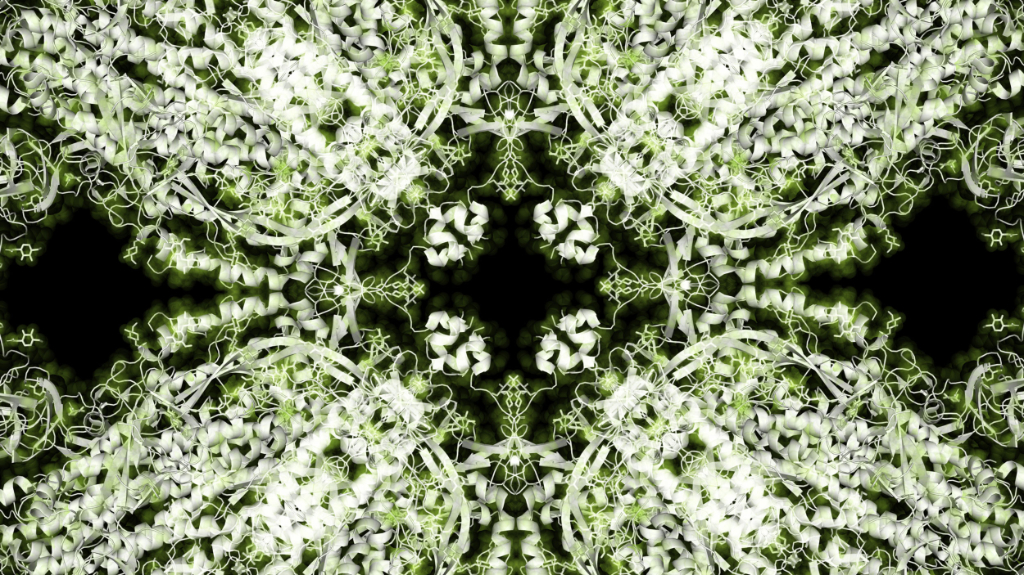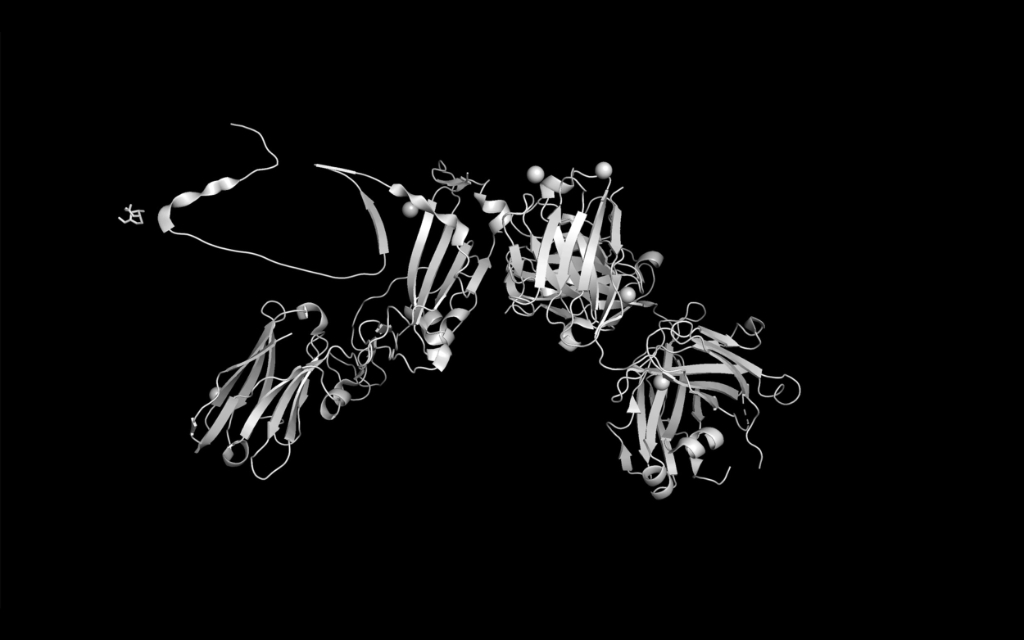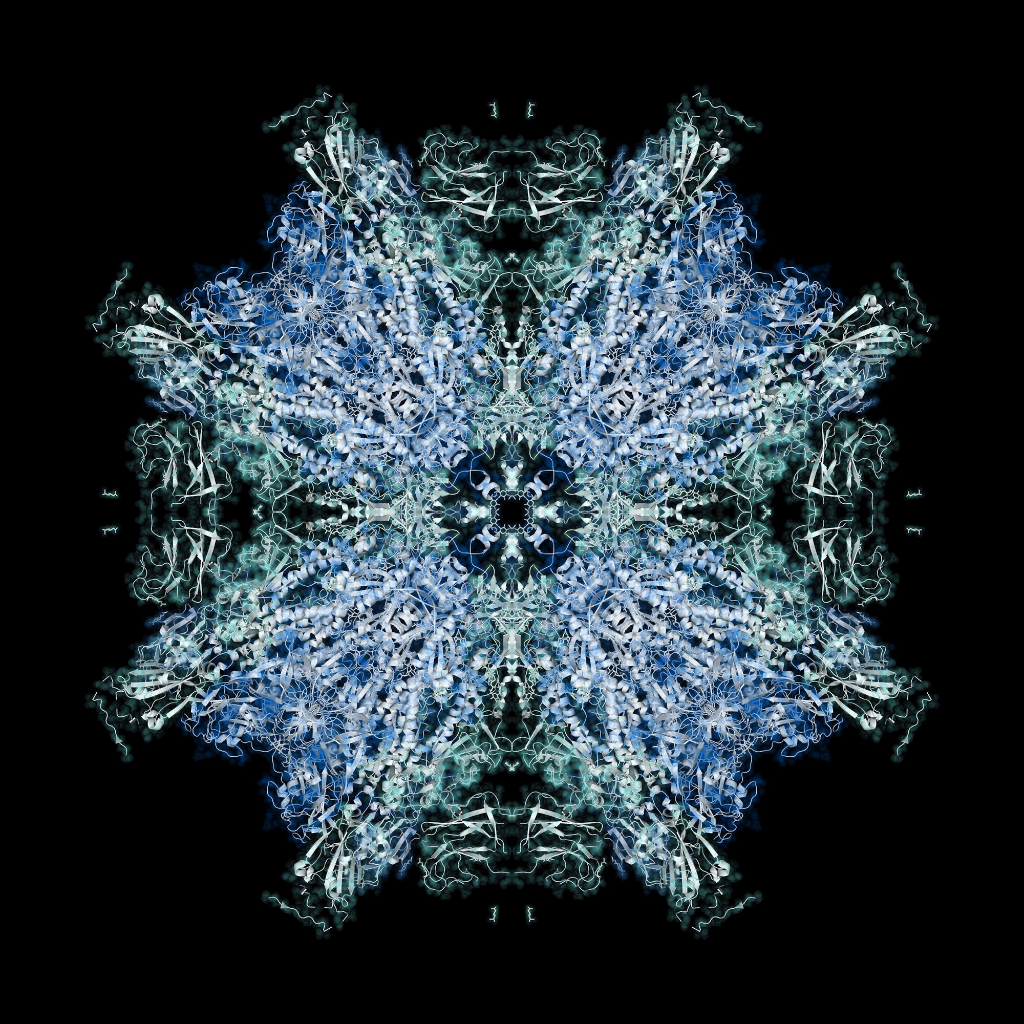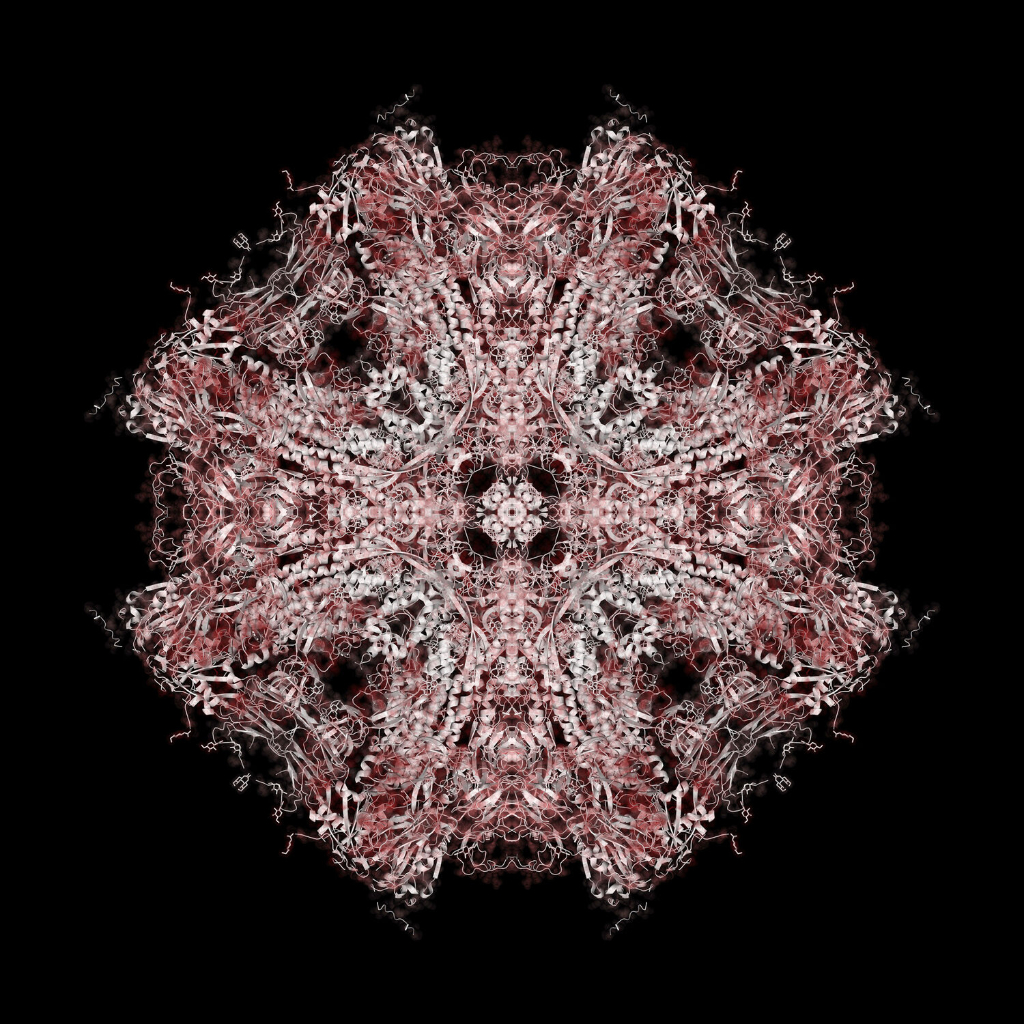Text by Giulia Ottavia Frattini

Interdisciplinarity is the foundation on which artist Laura Splan conceives her work. A seemingly unexplored exchange and latent associations prove to be the source of nourishment for her research-based projects.
Through her practice, science is moved out of the laboratories while keeping its axioms and experiments present. Its specificities are introduced into the ordinariness of the events that intersect our reality. A number of its mechanisms are paralleled with the cultural dynamics that inhabit our everyday lives, putting a magnifying glass on the interconnections that exist between diverse fields of knowledge.
I get inspired by finding typically hidden connections between seemingly unrelated things. It’s a somewhat compulsive behaviour that collides with my other compulsions like making spreadsheets, creating patterns – visual or conceptual -and generally making sense of chaos. I grew up in a household obsessed with order and beauty. Quests for perfection come with baroque systems of camouflage and elaborate manipulations of form., Splan narrates.
For her most recent project, Entangled Entities, the artist has set an immersive installation combining large projected molecular animation with immersive soundscape and tactile sculptures made with laboratory animal wool and networked devices. The main aim is to investigate interspecies entanglements within the biotech domain.
The whole initiative began as part of an art residency. Laura took part at Integral Molecular, a biotechnology company developing innovative technologies and focusing on antibodies studies. She assimilated their research and technology by visiting the laboratories weekly, bringing discoveries and reflections on this experience back to her studio.
I was fascinated by everything happening in their lab, which primarily centres on antibody discovery and providing services to pharmaceutical companies. I spent the first few months observing experiments and talking to the scientists about their research.
My recent work came into focus when I started looking at the material artefacts of an “expanded biotechnological apparatus” teeming with life and machines, labour and automation, code and sequences, science and culture. I began to do works connecting the disparate components involved in a seemingly singular thing.
More precisely, and concerning the pieces Unraveling and Renatured included in the exhibition, she collaborated with biotechnology scientists to create a series of animations that visualise fractal sequences of SARS-CoV-2.
The virus, and thus a potentially lethal diseased entity, turns unexpectedly into an artistic source generating a continuum of shapes with peculiar colours. The pandemic and its spread are placed under an aesthetic lens that paves the way for a perception of ambiguity: a state that lies between the unsolicited and the provocative, between the palpable and the notional, and between the logical and the poetic.



During my visits to the lab, I was introduced to many tools and techniques, including molecular visualisation software that scientists use to study structural models of proteins.
With a background in 3D modelling and video, I was intrigued by this software and its ability to create morphed animations between two protein structures. For “Unraveling” and “Renatured”, I explored the program’s “sculpting” feature and began to manipulate models of the coronavirus.
I unravelled the folded structure of the SARS-CoV-2 spike protein and created the animations by morphing between the folded and unfolded forms. I wanted the animations to transcend and complicate the scientific aesthetics and conventions of biotech software. So, I began to impose kaleidoscopic arrangements onto the animations.
Unraveling and Renatured are mesmerising pictorial and moving orchestrations of protein forms that determine biological function, including infectivity. Using the sophisticated functionality of molecular visualisation software through unconventional modes, the coronavirus spike protein is manipulated by twisting its shapes and features.
The wavering movements created by the succession of figurative configuration offer meditative qualities for the viewer who is confronted with images imbued with intriguing paradoxes. The effect is as welcoming and familiar as it is unreachable and abstract, placing the observer’s subjectivity and emotional immediacy at the core, almost contrasting to scientific objectivity embedded in the process behind the works.
The animations and images create a strange liminal space that simultaneously evokes sensations of the alien and the seductive, the computational and the organic. I wanted to create an immersive experience that many visitors equated to a cathedral-like atmosphere. […]
As large-scale projections, they created a sensation of a contemplative space in which to reflect on the devastating beauty and tragedy of the biological world. Viewers were given opportunities to literally and figuratively navigate the exhibition that was illuminated only by my molecular animations. They were seductive and soothing beacons that provided both solace from trauma and provocations of wonder.
However, the final fluid rendering of these compositions does not foreclose the technical challenges met by the artist during the programming. But it is perchance precisely in this capacity for craftsmanship, albeit computerised, that lingers the possibility to blend the gates and preconceptions perduring between artificial and natural, intimacy and distance, individual and social.
The real challenge was knowing when to let go of biology and computation and to free the viral and antibody proteins of the constraints of molecular visualisation conventions—to reimagine what the software paradigms can reveal about science and ourselves.
The goal was to create animations and images that function as projection surfaces reflecting a collective biotechnological imaginary where culture, science and technology are intricately interwoven in ways that are not accidental and potentially even choreographed.






